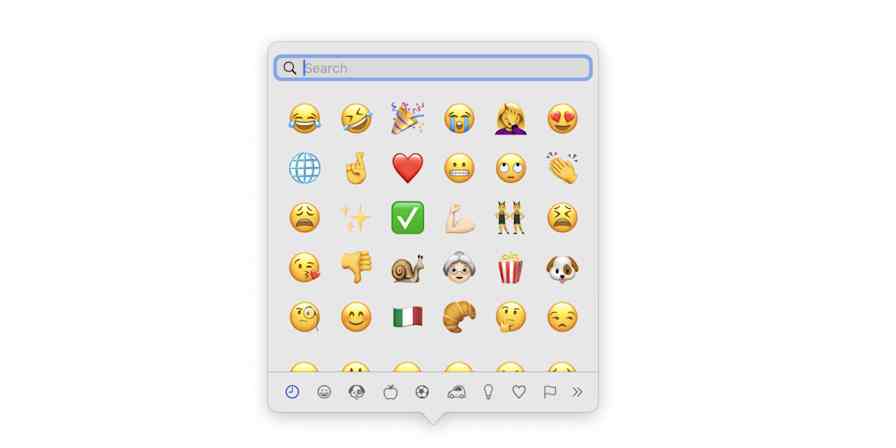App tips
12 min readManage Multiple Accounts: How to Quickly Switch Between Users in Any App Without Logging Out
By Danny Schreiber · March 31, 2016

Get productivity tips delivered straight to your inbox
We’ll email you 1-3 times per week—and never share your information.
tags
Related articles
Improve your productivity automatically. Use Zapier to get your apps working together.








